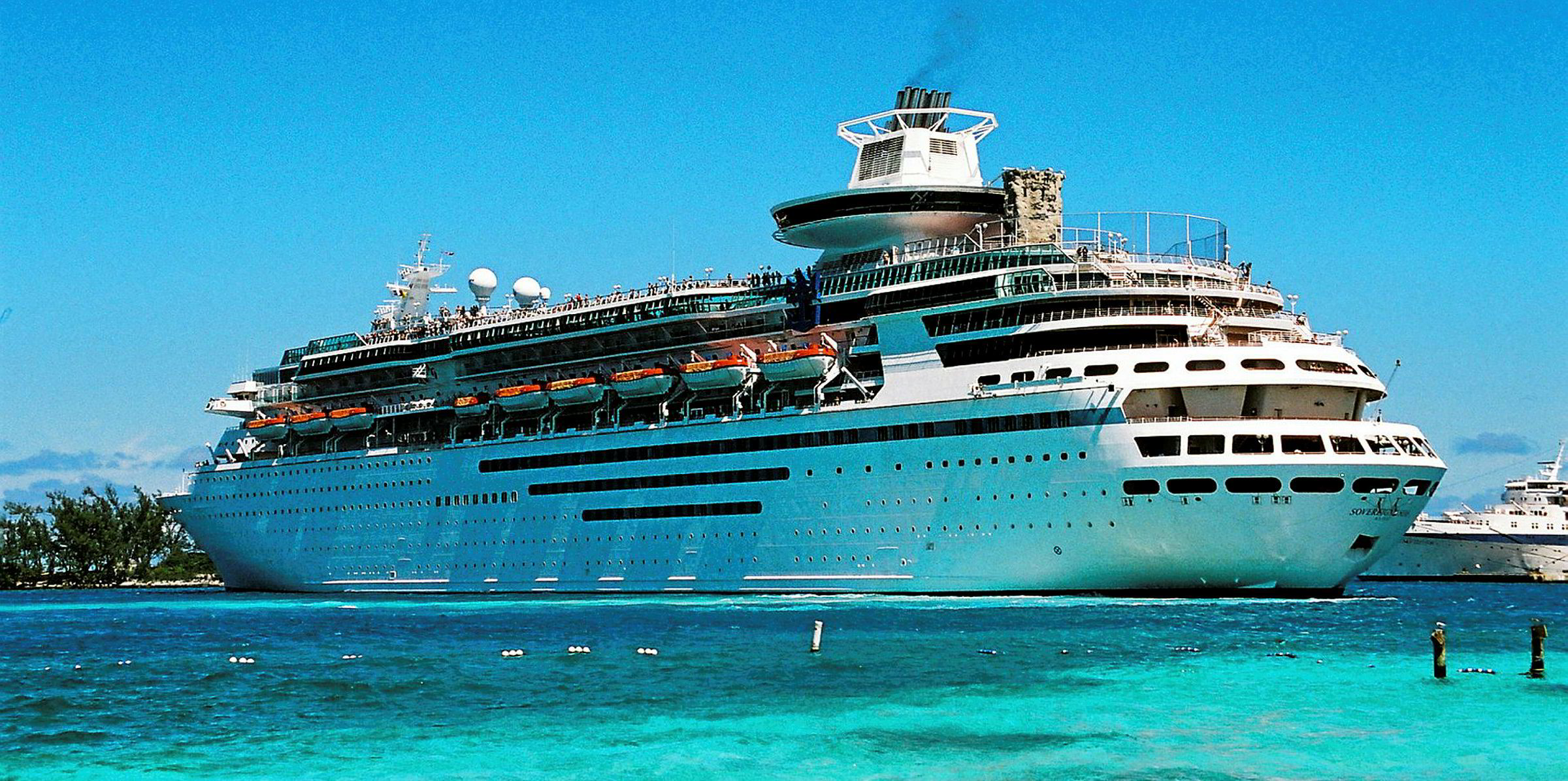Cruiseship deals dominated as export credit agency (ECA) financing hit record levels in 2017.
A report by TXF Data and law firm Allen & Overy has revealed shipping markets shrugged off a lacklustre first quarter to post a record $7.27bn in volumes in the second quarter, following that with third and fourth quarters that surpassed their equivalents in 2016.
Three of the four transactions of more than $1.5bn to close in the last two years were completed last year.
TXF's data also indicates that, during an unsettled time in shipping, ECAs give operators crucial access to long-term financing.
The main reason for the "rude health" of the global ECA-backed shipping finance market is the soundness of the cruiseship market, TXF said.
The ten largest deals to close over the last two years were all in this sector.
The US presence of the major cruise lines means that the country accounts for over two-thirds of 2017's volumes.
Only Europe, with a mixture of cruise and oil and gas financings, and Asia-Pacific, with some oil and gas vessel deals, registered anything more than negligible levels of activity.
Royal Caribbean accounted for just under a third of 2017's total ship finance activity, and closed three of the four largest deals of the last two years.
Its competition entirely consisted of cruise lines, with NCL, Carnival, MSC and Disney rounding out the top five borrowers.
The sixth-largest borrower, offshore oil and gas drilling contractor Seadrill, closed less than 10% of Royal Caribbean's volumes.
Two tanker operators, Teekay and BW, ranked eighth and tenth, Saga Cruises came in seventh, and a single containership operator, Belgium's CMB, came in at ninth.
"Given the well-publicised bankruptcy of Korean container operator Hanjin, CMB's placing was doubly impressive," the report said.
Bulker volumes negligible
Even combining all finance over the last two years for all tanker types and offshore services, these vessels produced total volumes of less than a quarter of what cruise produced over the same period. Ferry and dry bulk volumes were both negligible.
"These numbers highlight what has already been apparent to coverage bankers: ECA resources are focused disproportionately towards exports of high value-added goods like cruiseships to wealthy markets in the US and Europe. Offshore oil and gas fits this bill as well, but cruiseships fit it even better," the report said.
Kevin Young, global head of shipping at Allen & Overy, added: "The years since the onset of the financial crisis in 2008 have revealed just how diverse shipping is, with different market segments performing very differently in response to global events.
"The assumption that there would be an ever-increasing amount of goods to ship has been proved painfully wrong, with certain shipping sectors struggling to return to something resembling 'normal' profitability.
"Other sectors have demonstrated greater resilience and are now steaming ahead; for shipping companies in these sectors the tide is definitely rising.
He added: "Demand for ECA supported finance is often counter-cyclical; it becomes popular when financiers are more reluctant to lend because risks appear too great and in transactions where the required financing amount outstrips the available commercial bank liquidity."





